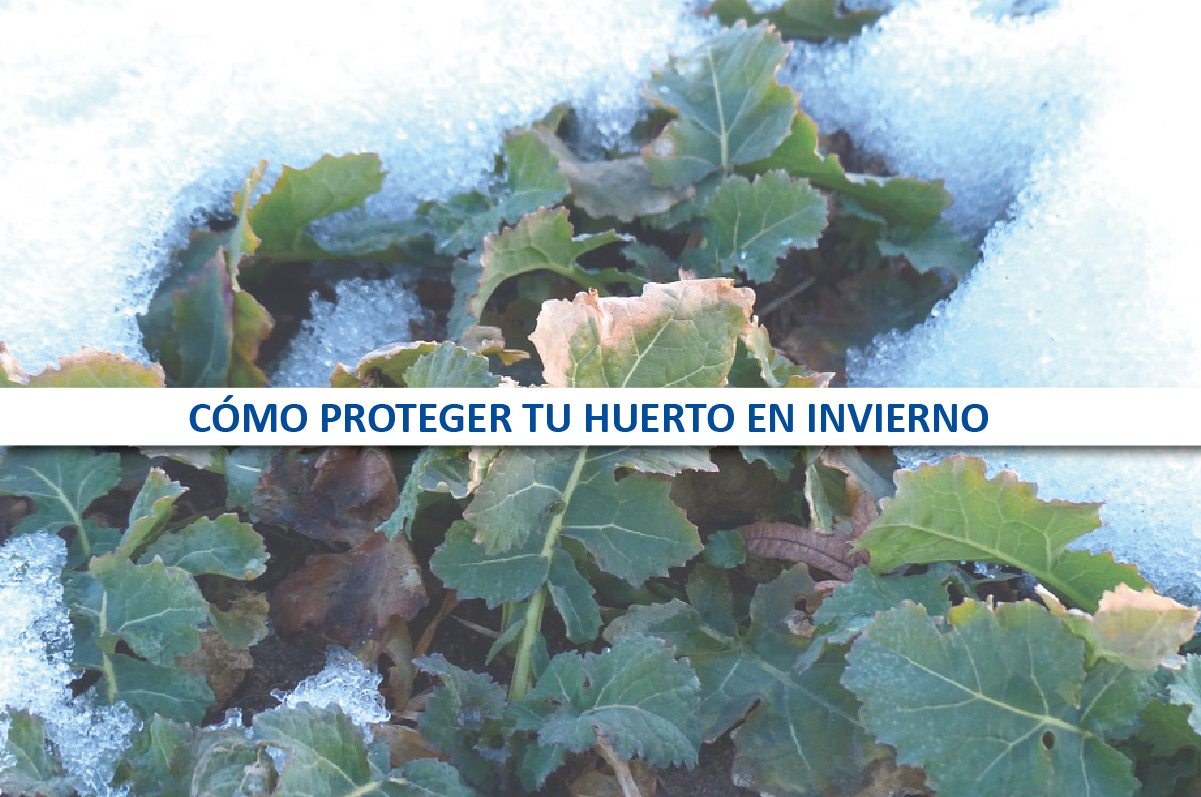When autumn arrives and temperatures start to drop, it is necessary that we pay close attention to our garden if we want to keep it in perfect condition. To combat the cold, wind and possible frosts we have several tools that will help us achieve our goal.
Greenhouse tunnel
This item consists of arc-shaped metal supports that are fixed to the ground and on top support a PVC cover or a low-density polyethylene film. There are times you drill to get a better condition of the crops and thus get better results.
On the one hand, these tunnels will protect crops from external factors and low temperatures that could cause bad effects on them, and on the other hand will cause a microclimate to be created inside that will cause the development of vegetables to Accelerate.
In addition, the tunnel material rejects ultraviolet rays and thus extends both their service life and that of the plants inside.
How are greenhouse tunnels collected? All you need is the folds and warehouses for your next use. Its hoop and cover system allows it to be picked up very easily and quickly.
Veils and blankets for hibernation
These gadgets are made of a very light fabric, usually polypropylene, although sometimes used jute, since this material allows light, water and air to pass to some extent, but without harming plants. There are veils and blankets of various sizes to suit the dimensions of each person’s orchard.
- Its mode of use is only to extend the veil or blanket above the plants or crop.
- It can also be used to cover the top of a tree or shrub as a holster, in case it is a fairly small size.
- This hibernation technique will boost soil temperature, which will accelerate the growth of crops inside and prevent them from dehydrated.
- You don’t have to be removing and putting on the veil or coat. Once you put it in the beginning of autumn, winter or when the temperatures drop, you can leave it all season until it’s time to remove it.
- It should be noted that many of the veils or blankets that are currently manufactured are biodegradable, so it is another good reason to incorporate it into the routine of the care of your garden.
Detachable greenhouse
Another very buena option is to implant a detachable greenhouse. There are different models and sizes. Thanks to this protection tool we will be able to keep safe the most delicate vegetables or plants and protect them from low temperatures, wind, frost… Some crops are not harvested until summer and have to grow during the winter, so we will have to make sure that this is the case.
- These greenhouses usually have a structure of plastic, fiberglass, steel or aluminum, and covered in transparent PVC or polyethylene.
- There are some high-end greenhouse in which plastic has thermal additives that retain the heat that has accumulated during the hours of the day and thus during the night the indoor temperature increases and causes the frosts to affect you to a lesser extent. For this same purpose there are heating cables that will make the heat of the hours of sunshine be held inside and then counteract the night cold.
- Other options for large greenhouse are windows to prevent condensation of moisture inside.
Tip: If you place joints with screws and metal brackets or connectors in the greenhouse structure this will offer you greater resistance to high power wind force.
MORE TECHNICAL TO PROTECT YOUR GARDEN DURING WINTER:
Use of polypropylene covers: it is about placing in your garden a transparent polypropylene cover, with a flexible structure that closes and opens with a zipper, to be able to access the indoor in an easy and comfortable way. They are made with a material resistant to external climatic factors.
Use of bells: this technique is recommended especially for small plants or that are just starting to grow. They are transparent bells that will cover the plant or crop and rest on the ground. For ventilation they carry a hole in the top.
Ventilation: it is essential to ventilate both tunnels, greenhouses and bells at a time. For what? Through ventilation you will avoid condensation of moisture and also the appearance of fungi that can harm your crops.
- Tip: ventilation on sunny, dry days and especially windy.
Hanging the soil: it is highly recommended to lay the soil to protect the roots from the cold. Basically it consists of covering the base where the vegetables or plants are with: pine bark, straw, mulch, or a film or a padded fabric. This technique will protect the roots and keep them moist.
